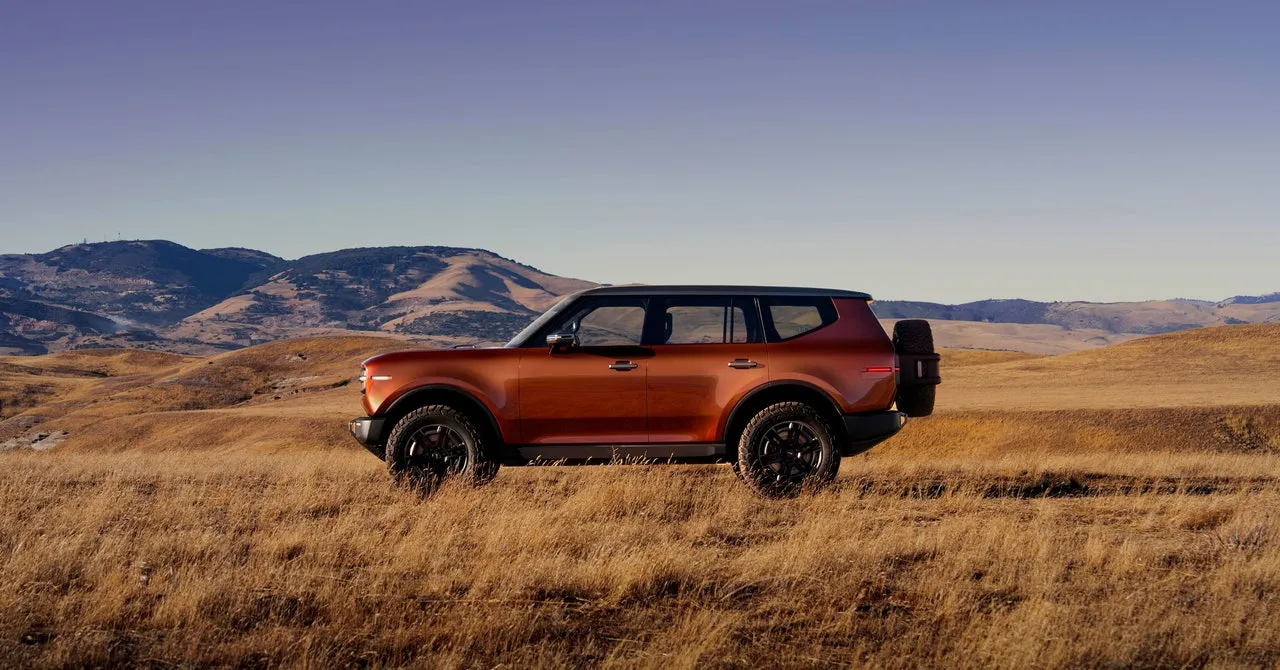Extended-Range EVs Taking Center Stage in the Automotive Industry

Decoding Extended-Range Electric Vehicles
Electric vehicles (EVs) are making headway, and an exciting new player joins the fray: extended-range EVs (EREVs). As automakers grapple with dwindling profits from purely electric models, innovations like the Harvester system, introduced by Scout Motors for their upcoming Terra truck and Traveler SUV, are stirring interest among consumers.
What Sets EREVs Apart?
EREVs are akin to plug-in hybrid electric vehicles (PHEVs) but offer a bigger battery and a gas engine that functions more like a generator, improving efficiency during drives. This dual-engine innovation caters to apprehensive drivers worrying about charging availability, allowing the potential for upwards of 500 miles on a single charge.
- Stellantis is also leveraging this technology in their Ram 1500 Ramcharger.
- Hyundai's strategic rollout in North America aims for a top range of 560 miles.
- Market dynamics reveal a renewed enthusiasm for hybrid solutions amid rising concerns over EV infrastructure.
Climate Considerations and Future Outlook
While environmental advocates express caution regarding gasoline usage, they acknowledge EREVs' potential role in bridging the transition to fully electric vehicles. Companies may find a middle ground, as EREVs appear more appealing to drivers hesitant about fully committing to electric vehicles just yet.
Scout representatives have highlighted that their EREV concept is resonating with buyers, hinting at a promising trend in the future of automobiles.
This article was prepared using information from open sources in accordance with the principles of Ethical Policy. The editorial team is not responsible for absolute accuracy, as it relies on data from the sources referenced.